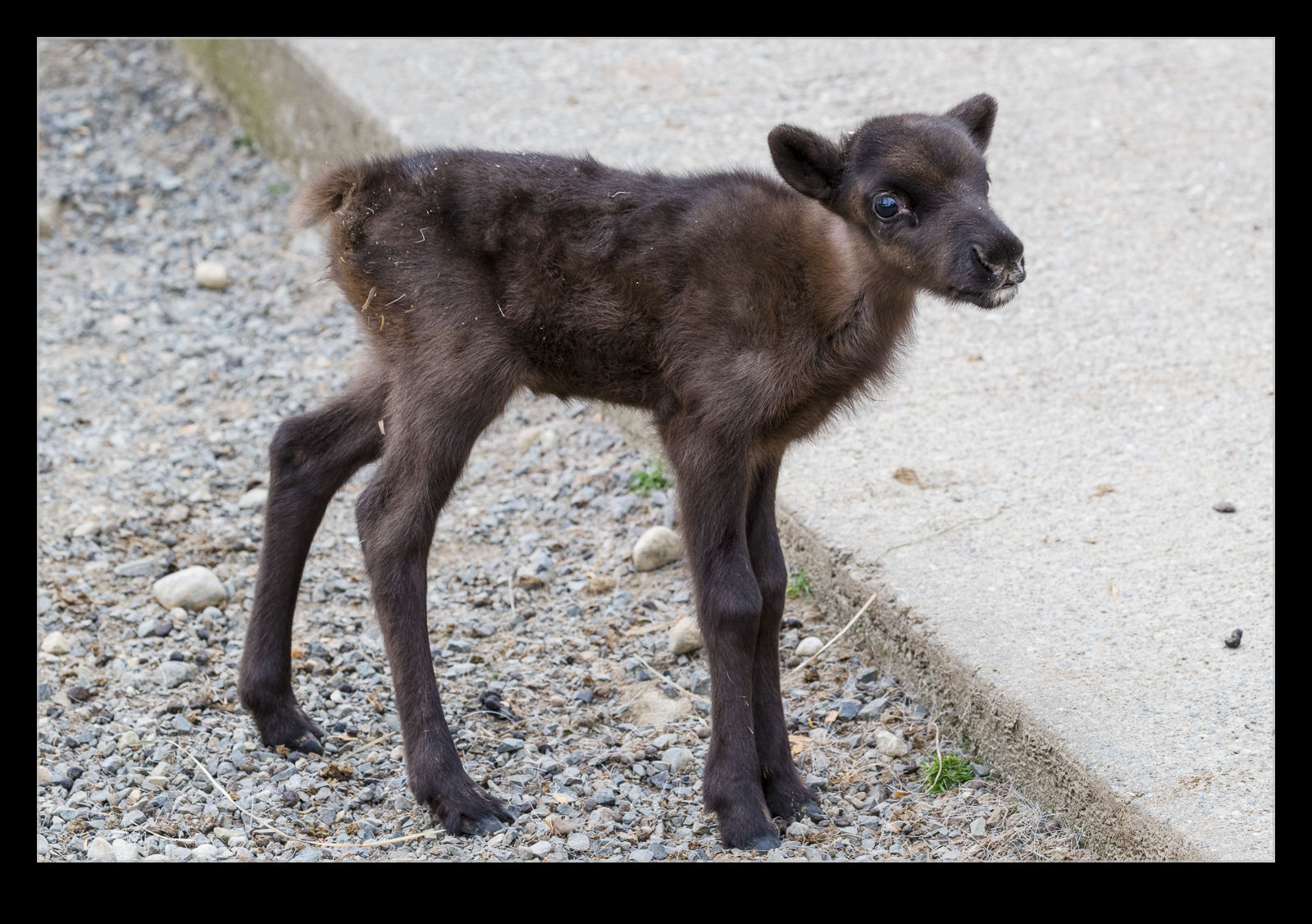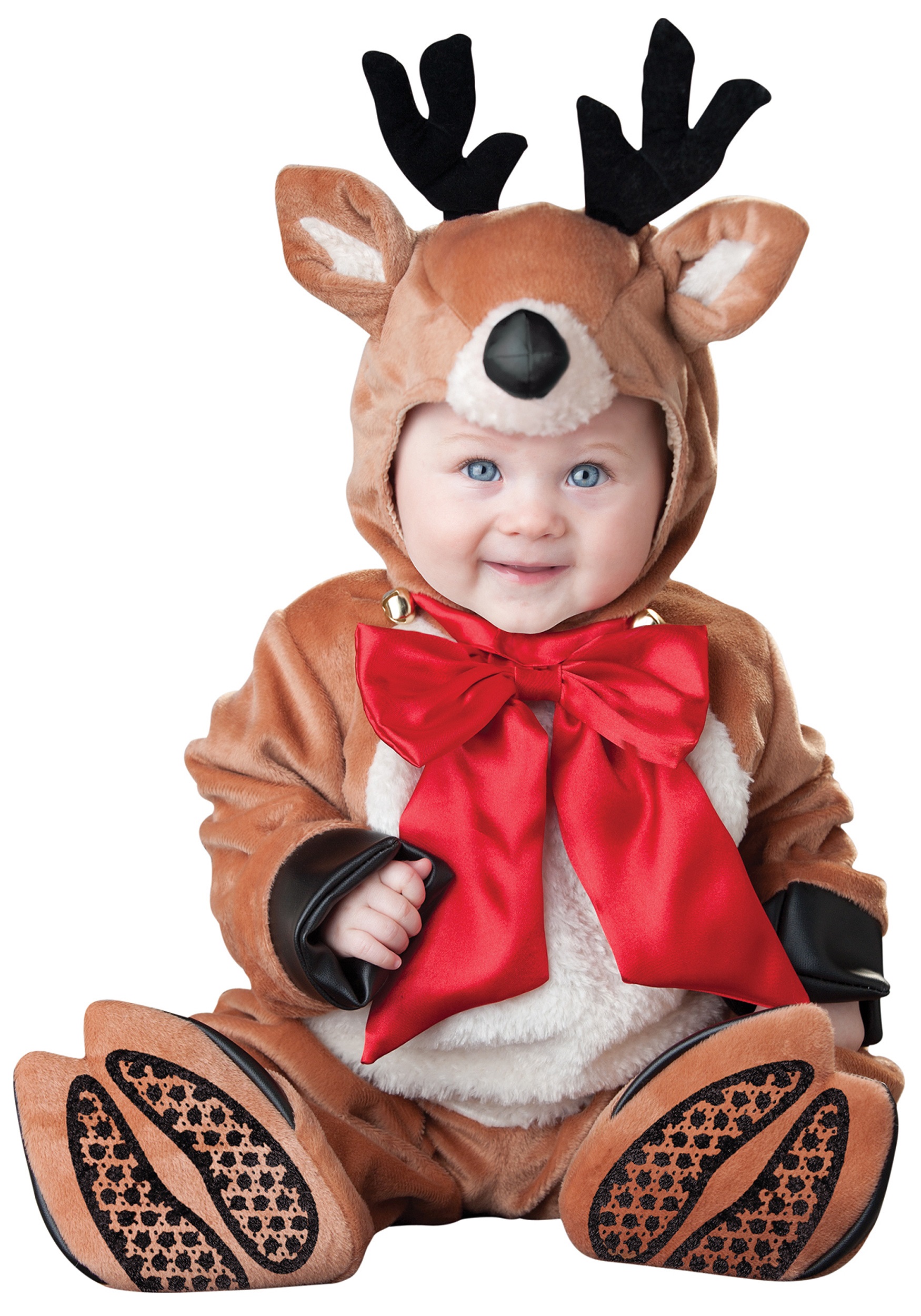Adorable Baby Reindeer: Everything You Need To Know About These Magical Creatures
When you think of baby reindeer, what comes to mind? For most people, it’s images of cute little creatures frolicking in the snow, their soft fur glistening under the winter sun. Baby reindeer are more than just adorable animals; they’re a symbol of nature’s beauty and resilience. In this article, we’ll dive deep into the world of baby reindeer, uncovering fascinating facts, shedding light on their lives, and answering all your burning questions.
There’s something magical about baby reindeer that captures our hearts. Maybe it’s their big, curious eyes or their playful demeanor. Or perhaps it’s the fact that they’re often associated with Christmas, bringing joy and wonder to millions around the globe. Whatever the reason, baby reindeer have become a beloved part of our cultural imagination.
But there’s so much more to these tiny creatures than meets the eye. From their biology to their behavior, baby reindeer are truly remarkable animals. So, buckle up and get ready to learn everything you need to know about these enchanting beings. Let’s jump right in!
- Allegiant Part 1 Ndash The Divergent Saga Continues
- Carol Hagen The Mastermind Behind The Iconic Smiley Face
Table of Contents
- Introduction to Baby Reindeer
- Understanding the Biology of Baby Reindeer
- Where Do Baby Reindeer Live?
- What Do Baby Reindeer Eat?
- Behavioral Patterns of Baby Reindeer
- The Growth Journey of Baby Reindeer
- Threats Facing Baby Reindeer
- Conservation Efforts for Baby Reindeer
- Cultural Significance of Baby Reindeer
- Fun Facts About Baby Reindeer
Introduction to Baby Reindeer
Let’s kick things off by talking about why baby reindeer are such a big deal. These little bundles of joy are the offspring of reindeer, also known as caribou in North America. They’re not just cute—they play an essential role in their ecosystems. Baby reindeer are born with a natural ability to adapt to harsh environments, making them one of the hardiest animals on the planet.
Why Are Baby Reindeer So Special?
Here’s the deal: baby reindeer are special because they’re born ready to face the world. Unlike many other animals, they can stand within minutes after birth and start walking shortly after. This is crucial for their survival, especially in areas where predators are lurking. Plus, their soft, fuzzy fur keeps them warm in freezing temperatures, which is a pretty impressive feat for such small creatures.
Understanding the Biology of Baby Reindeer
Now let’s talk biology. Baby reindeer, or calves, are born after a gestation period of around 225 days. That’s roughly seven months, which gives mama reindeer plenty of time to prepare for the big day. When they’re born, baby reindeer typically weigh between 6 and 12 pounds, depending on the size of the mother.
Key Characteristics of Baby Reindeer
- They have a reddish-brown coat that helps them blend into their surroundings.
- Their large eyes allow them to see well in low-light conditions.
- They don’t have antlers yet, but they’ll start growing them as they mature.
- They’re born without any scent, which helps protect them from predators.
These characteristics make baby reindeer perfectly suited for life in the wild. Nature really knows how to design amazing creatures!
Where Do Baby Reindeer Live?
Baby reindeer can be found in some of the most remote and rugged places on Earth. Their natural habitats include the Arctic tundra, boreal forests, and mountainous regions of the Northern Hemisphere. Countries like Norway, Sweden, Finland, Russia, and Canada are home to thriving populations of reindeer and their adorable offspring.
Adapting to Extreme Environments
One of the coolest things about baby reindeer is their ability to thrive in extreme environments. Their thick fur and specialized hooves help them navigate snowy terrain and icy conditions. Plus, they’ve developed a unique digestive system that allows them to extract maximum nutrition from the plants they eat, even in areas where food is scarce.
What Do Baby Reindeer Eat?
When baby reindeer are first born, they rely entirely on their mother’s milk for nourishment. This milk is incredibly rich in fat and nutrients, helping the calves grow strong and healthy. As they get older, they start grazing on grasses, lichens, and other plant materials.
Key Components of a Baby Reindeer’s Diet
- Mother’s milk (for the first few months)
- Lichens (a staple food for reindeer)
- Grasses and shrubs
- Mosses and fungi
Interestingly, baby reindeer have a symbiotic relationship with certain microorganisms in their stomachs. These tiny helpers break down tough plant fibers, allowing the calves to digest their food more efficiently.
Behavioral Patterns of Baby Reindeer
Baby reindeer are social creatures that love to play and explore. They often stick close to their mothers, especially during the first few months of life. As they grow older, they start forming bonds with other calves, creating playful groups that roam together.
Playtime and Learning
Playtime is an important part of a baby reindeer’s life. It helps them develop essential skills like running, jumping, and navigating their environment. They also learn valuable lessons from their mothers and other adults in the herd, such as how to find food and avoid danger.
The Growth Journey of Baby Reindeer
From tiny calves to full-grown reindeer, the growth journey of baby reindeer is nothing short of amazing. In just a few months, they go from weighing a few pounds to being strong, independent animals capable of surviving in the wild.
Milestones in a Baby Reindeer’s Life
- First month: Learning to walk and run
- Second month: Starting to graze on plants
- Third month: Developing their first set of antlers (for males)
- Six months: Becoming more independent from their mothers
By the time they reach one year old, baby reindeer are fully grown and ready to take on the world. It’s a remarkable transformation that highlights their resilience and adaptability.
Threats Facing Baby Reindeer
Unfortunately, baby reindeer face a number of threats in the wild. Climate change, habitat loss, and human activity are just a few of the challenges they must contend with. Predators like wolves, bears, and golden eagles also pose a significant risk, especially to young calves.
How Climate Change Affects Baby Reindeer
One of the biggest threats to baby reindeer is climate change. Warmer temperatures are causing changes in the availability of food, making it harder for calves to get the nutrition they need. Melting ice and permafrost are also altering their habitats, forcing them to adapt to new conditions.
Conservation Efforts for Baby Reindeer
Thankfully, there are many organizations and individuals working hard to protect baby reindeer and their habitats. Conservation efforts include protecting critical habitats, reducing greenhouse gas emissions, and promoting sustainable practices that benefit both wildlife and humans.
What You Can Do to Help
There are plenty of ways you can contribute to the conservation of baby reindeer. Support organizations that focus on protecting Arctic ecosystems, reduce your carbon footprint, and spread awareness about the importance of preserving these incredible creatures.
Cultural Significance of Baby Reindeer
Baby reindeer hold a special place in many cultures around the world. In Scandinavia, they’re an integral part of Sami culture, where reindeer herding has been practiced for centuries. In North America, caribou (the North American cousin of reindeer) are revered by indigenous peoples for their role in providing food, clothing, and tools.
Reindeer in Popular Culture
Of course, we can’t talk about baby reindeer without mentioning their starring role in Christmas lore. Rudolph the Red-Nosed Reindeer and his friends have become iconic figures in holiday traditions, bringing joy and wonder to children and adults alike.
Fun Facts About Baby Reindeer
Before we wrap up, let’s share some fun facts about baby reindeer that you might not know:
- Reindeer are the only deer species where both males and females grow antlers.
- Baby reindeer can run up to 30 miles per hour within a few hours of being born.
- They have excellent hearing and can detect predators from miles away.
- Reindeer eyes change color with the seasons, helping them see better in different lighting conditions.
Conclusion
And there you have it—everything you need to know about baby reindeer. From their biology to their behavior, these enchanting creatures are truly remarkable. They face numerous challenges in the wild, but with the help of conservation efforts and public awareness, we can ensure that future generations get to enjoy their presence.
So, what do you think? Are you as smitten with baby reindeer as we are? Let us know in the comments below, and don’t forget to share this article with your friends and family. Together, we can spread the love for these magical animals. Until next time, stay curious and keep exploring the wonders of the natural world!
- Selma Blair The Resilient Star Who Stole Our Hearts
- Jared Padalecki The Supernatural Star Who Captures Hearts

Are Baby Reindeer Cute? RobsBlogs

Baby Reindeer Costume

Baby Reindeer TV fanart fanart.tv